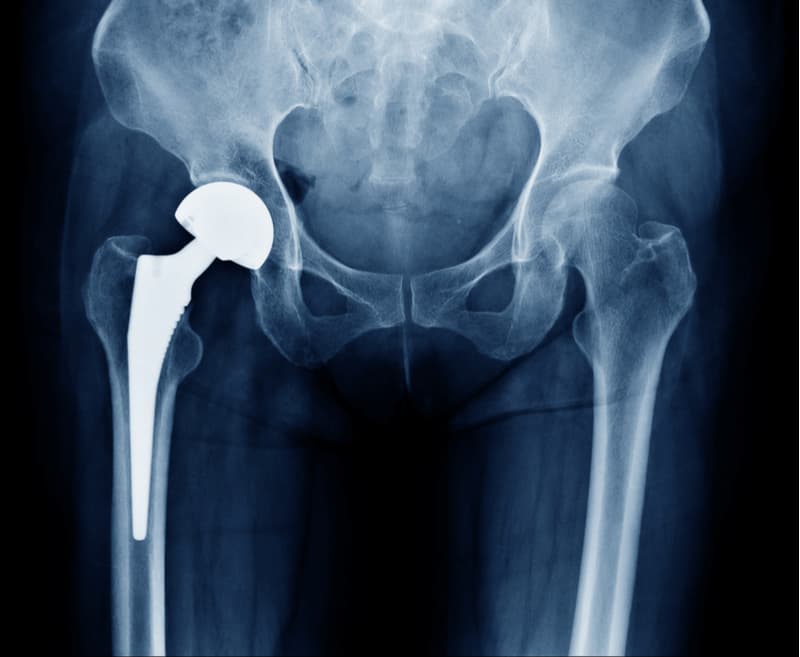by Matthew Carr, Chartered Physiotherapist
I am 34 year old busy mother of 2 young children and this January I made the usual New Year’s resolution to improve my fitness. I really enjoy running and find that it really fits in to my schedule as I can go for a run when my husband is home and able to look after the kids. However, I have now increased my runs to 45minute and have started developing pain in my right shin that stops me from running any further and is painful for a day or 2 after. Have you got any ideas on what this could be and should I just continue to run through it?
Running is a great way to get and stay fit, but you do need to be a bit careful when you are just starting out as this is when most injuries occur and can then put people off continuing to exercise. Pain in the shin is a common running injury, and is often due to a condition known as shin splints, or more specifically, “medial tibial stress syndrome”(MTSS for short).
What is MTSS?
This condition is when there is irritation in the outer layer of bone (called periosteum) on the inside of the shin bone (tibia). The irritation is due to the pulling of the attachment of one of two muscles that attach onto the bone – either the soleus or tibialis posterior muscles. Both of these muscles are important in the function of the foot in running – the soleus because it is very important for propulsion, and the tibialis posterior for the stability of the inside arch of the foot. It is characterised by pain anywhere along the inside border of the tibia, which becomes very tender to touch, may be very sore first thing in the morning and when starting off on a run.
What causes MTSS?
MTSS is commonly caused by doing too much training too soon. This can include starting up running after a long break, increasing your running distance or intensity too fast, changing the surface you run on, such as changing from road to trail, or changing the camber eg if running one way on a sloping beach or hill.
There are various factors which can predispose you to shin splints. Tight calf muscles commonly cause shin splints due to the pulling of the attachment point of the soleus as previously mentioned. Also, tight calf muscles mean that the foot tends to flatten more in the weight-bearing phase of running, as movement in the ankle is reduced.
Having feet that overpronate (flatten out) during running can also predispose you to MTSS. This is because more stress is placed on the muscles on the inside of the shin when the foot hits the ground, with less absorption of the forces, so more force is transferred up the leg.
What to do?
It is very important initially to rest from the aggravating activity (in this case running) as if you continue to run, it will not heal, and can progress on to more acute problems such as tibial stress fracture, where there is actually degrading and small stress fractures in the bone.
Ice, compression and elevation in the early stages are important. It is worth seeing a physiotherapist or podiatrist to determine if you have any of the predisposing factors as mentioned above. If you do tend to overpronate, insoles may well assist in alleviating some or all of the pain. Stretches for the calf muscles is an absolute must, and using a foam roller to do some self-massage is a good idea as well. These need to be done daily. Strengthening hip muscles and calf muscles is also important, and your physiotherapist can show you how to do this.
When can I return to running?
Returning to running should only be done when you are pain-free walking, and there is no pain to touch on the area that was tender. Increasing the distance should be done gradually, slowly increasing the intervals of running until you are happy you can run continuously without injury.
Generally MTSS can be treated very effectively, however, it is important to seek help to alleviate symptoms and reduce recurrence, particularly if you are keen to continue running.
What makes Horder Healthcare unique
Horder Healthcare is committed to providing the very best quality of care for our patients and customers. We are continuously working on improving and reducing risks and this is reflected in our consistently high CQC results, patient satisfaction questionnaires and minimal levels of infection.
We are a charity
We reinvest our profit to benefit more people and help us achieve our aim of advancing health.






